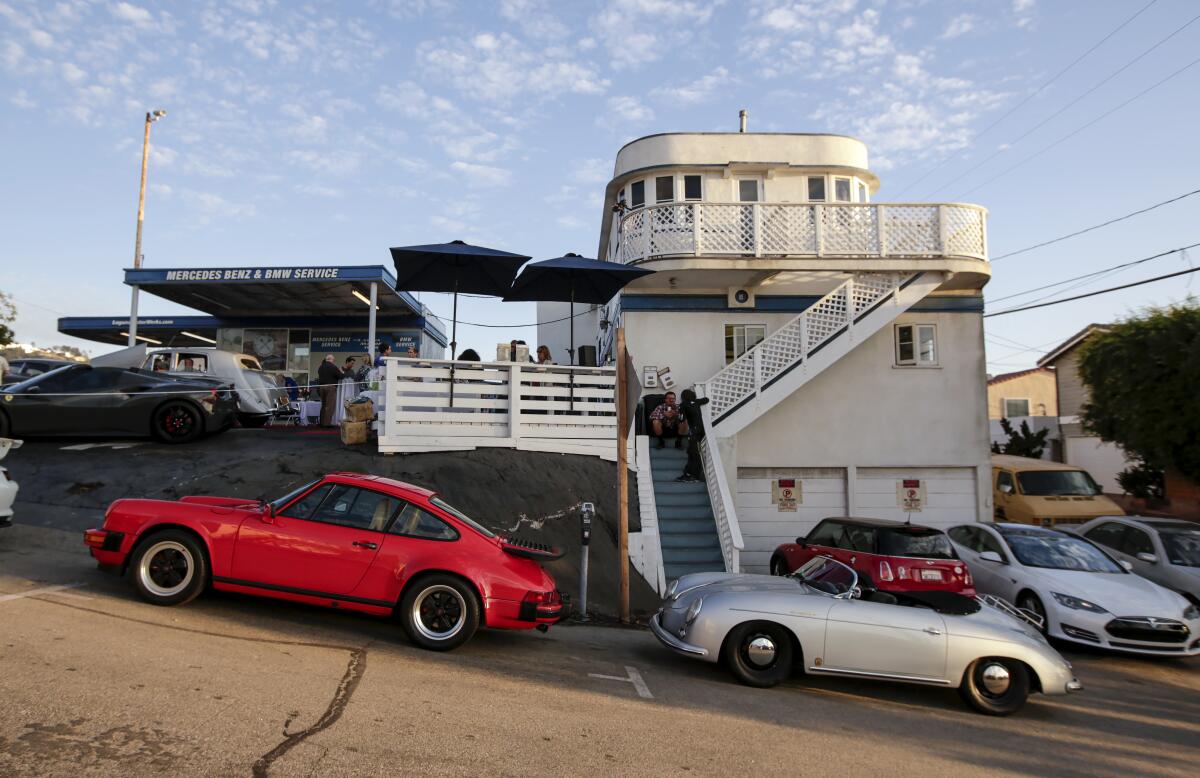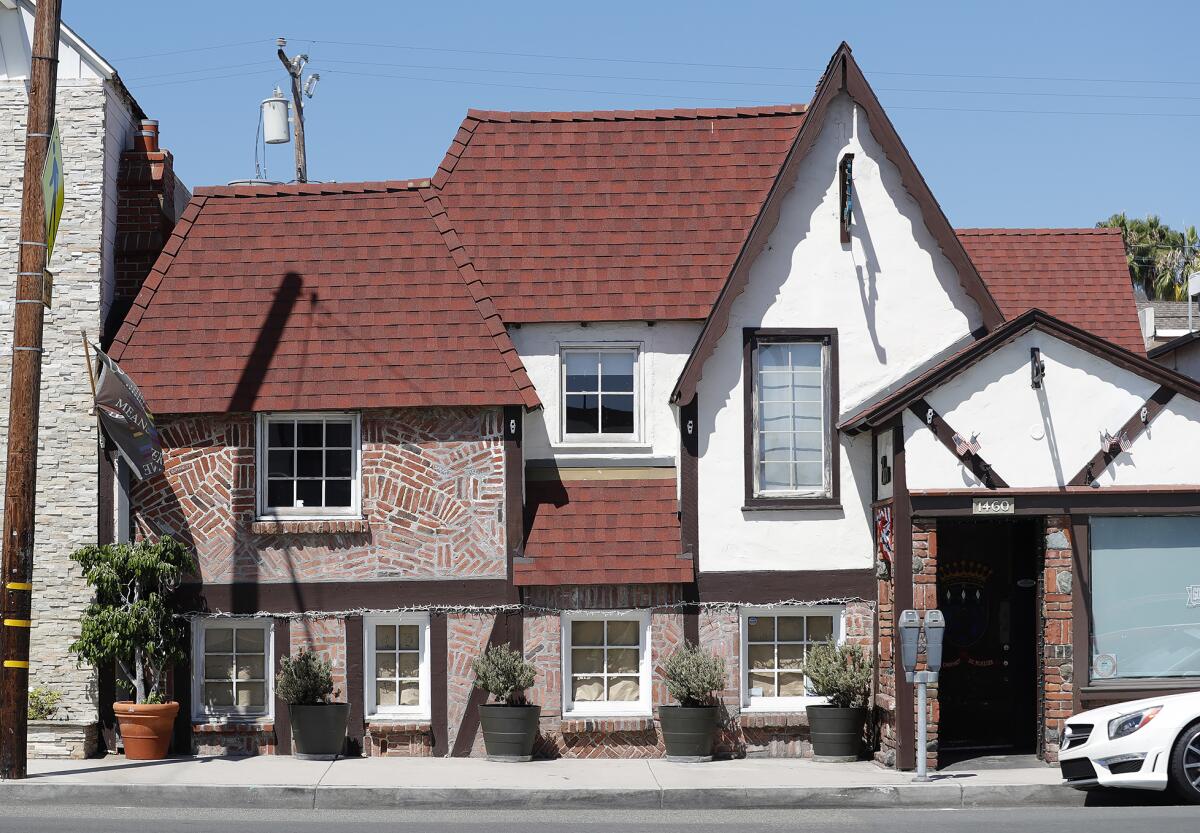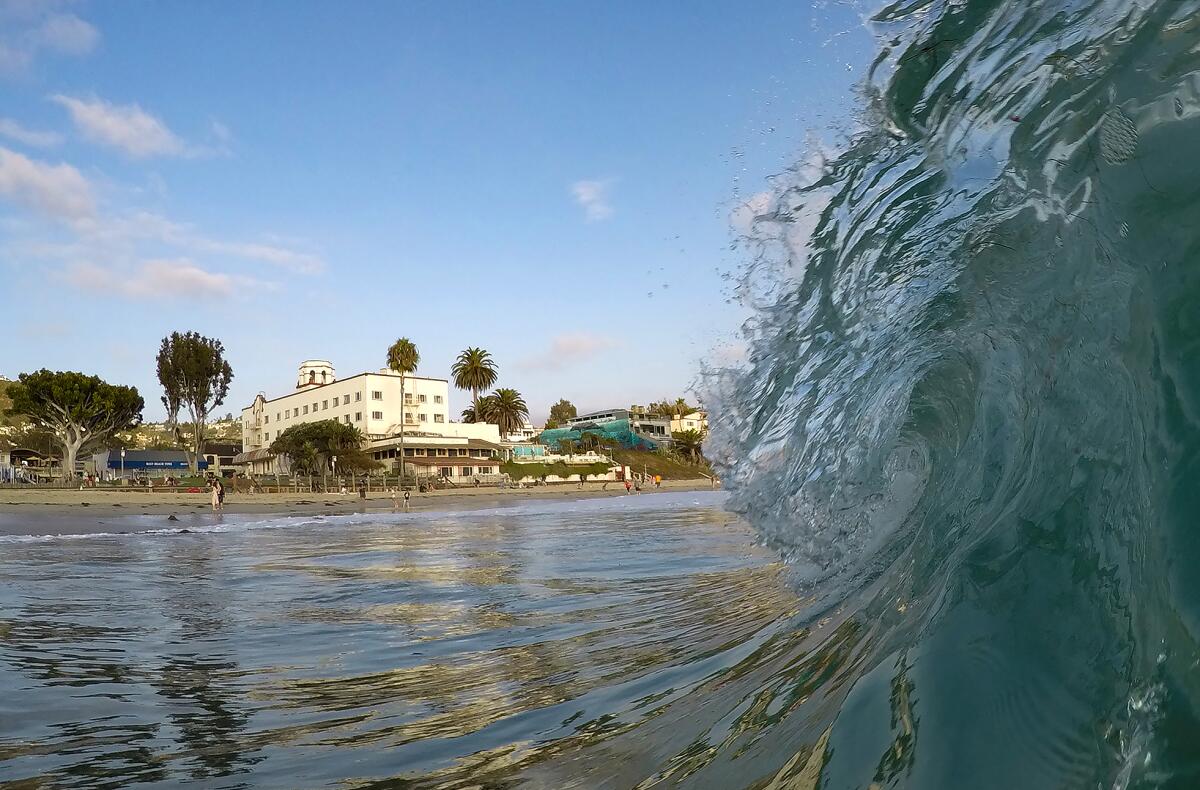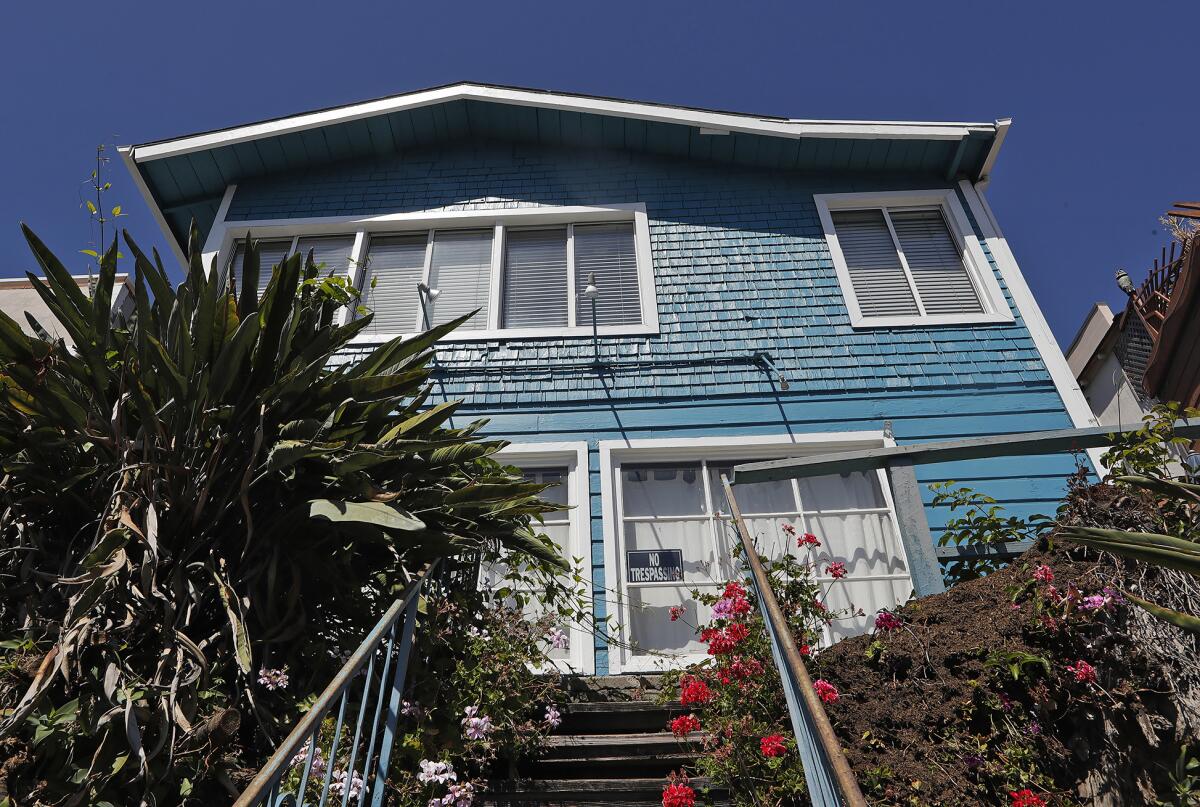Laguna Beach passes historic preservation ordinance to second reading

The Laguna Beach City Council voted Tuesday to introduce an ordinance that returns the city’s historical preservation program to being voluntary in a move that has upset conservationists.
In a 4-1 vote, with Councilwoman Toni Iseman dissenting, the ordinance was introduced and will be passed to a second reading for adoption. The City Council also adopted a negative declaration, which states that the planned program will not have a significant adverse effect on the environment.
The ordinance amends the city’s current inventory of historic structures from 1981.
The historic preservation ordinance, first adopted in 1989, acknowledged the 1981 Historic Resources Inventory and provided incentives to owners to maintain those properties. Efforts to update the historic register began in 2013 as the register became outdated, with many of the structures listed having been modified or demolished in addition to new properties, city staff said in February.
Over 30 public workshops and meetings have been held since work began to update the city’s historical preservation program in 2015 and the Planning Commission reviewed and recommended the City Council approve it in February.

On Tuesday, the City Council approved final revisions on the ordinance that included the usage of state codes to replace the local historic rating system, concurrent review of applications for the historic register and incentives, elimination of age as a criterion and changing when design review is required for historic properties.
It also clarifies the definition of a historic resource as any property or structure listed on the city, state or national historic registers or that has been officially determined to be eligible for the state register by the State Historical Resource Commission, determined to be eligible for the national register by the National Parks Service or one that the city is mandated by law to recognize as a historic resource based on substantial evidence.
Other revisions include “owner consent” as a criterion for eligibility for the local register and the removal of any reference to the 1981 inventory. Historic preservation incentives have also been expanded.
Currently, applications can only be submitted by property owners. The addition of “owner consent” means that a property would not be considered as eligible to be listed on the city’s historic register without owner consent, said Martina Caron, a city senior planner.
The city will also need to clarify an existing list in its general plan, which shows 41 properties eligible for the National Register of Historic Places, staff said. Since 1981, 21 of those properties were designated on the city’s historic register, with two also on the national register. One property was demolished before adoption of the historic preservation ordinance in 1989.

The 20 other properties on the list — including Anneliese School, Hotel Laguna and Main Street Bar & Cabaret — would need to be evaluated as part of any future development applications to determine their historic status.
Over 20 speakers participated in Tuesday’s council meeting, and the city clerk received 50 letters that spoke both for and against approval of the ordinance, with some raising concerns that the addition of “owner consent” could lead to destruction of the town’s history while others pointed to the prohibitive costs of maintaining a historic property and current city processes.
“We had minor things along the ways that should have been changed that could have prevented some of the horror stories, and the horror stories are accurate. But for every horror story, there are a lot of success stories,” Iseman said.
Iseman said that she felt the city did not explain the benefits of historic preservation, adding that she felt the city should address what hasn’t been done with the current program before considering adoption of a new one.
“This yes or no has been an incredible, painful possibility for the future of our town,” Iseman said. “We hear about how people are coming and trying to scoop up property ... the pressure.”

“We have an amazing resource, and I think we can protect it and make it work for everyone because it isn’t working, and we’re here because it isn’t working,” she said, “but we haven’t done — the low-hanging fruit — to make it better.”
Councilwoman Sue Kempf disagreed, saying, “If the benefits were so great and so obvious, we wouldn’t need any compulsion. In other words, we wouldn’t be trying to hold people to this inventory. If it was so great, people would be jumping on it.”
“But what’s happening is and we’ve sat through all these meetings — I don’t know how many meetings — and you see all these longtime Laguna residents who are upset being stuck on this inventory, and they’re just trying to fix up their houses, and frankly they can’t afford it,” Kempf said.
The second reading is tentatively scheduled for discussion on Aug. 11.
All the latest on Orange County from Orange County.
Get our free TimesOC newsletter.
You may occasionally receive promotional content from the Daily Pilot.




